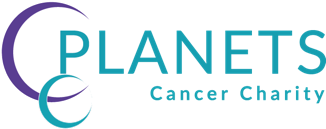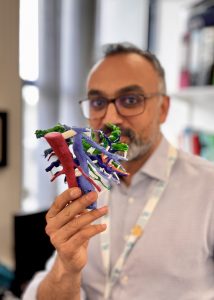FUNDRAISING FOR A CURE
Donating is simple, fast and totally secure. Your details are safe with us and we will never sell them
Surgeons in Southampton are the first in the UK to begin using 3D printed models of patients’ livers to help them perform a complex cancer operation.
Converting the data available from CT and MRI scans of patients with hilar cholangiocarcinoma – a type of bile duct cancer – into 3D models will enable better planning and decision-making prior to surgery.
As the cancer occurs in the bile ducts that lead out of the liver and join with the gallbladder, it is frequently difficult for surgeons to establish whether a tumour can be safely removed or not until the operation is underway.
As a result, this can lead to “irreversible steps” being taken that may result in poor short and long-term outcomes for patients.
By using 3D printed models tailored to each patient, clinicians will be able to assess the tumour and its close attachments such as blood vessels and bile ducts at scale pre-surgery.
The project will be led by Mr Arjun Takhar, a consultant hepatobiliary and pancreatic cancer surgeon at University Hospital Southampton, who is part of a team of experts supported by PLANETS Cancer Charity, which is funding the pilot study and has received a £2,000 grant from The Hospital Saturday Fund to put towards the initiative.
PLANETS helps patients with pancreatic, liver, colorectal, abdominal (oesophageal and gastric) and neuroendocrine cancer by funding patient support groups, innovative treatments and research.
The charity primarily serves the needs of the regional population living across Hampshire, Wiltshire, Dorset, the Isle of Wight, the Channel Islands and West Sussex, it is increasingly involved in national and international clinical and research initiatives.
“3D printed models are increasingly being used to help with decision-making before and during surgery and to better understand the anatomical relationships of tumours within organ structures,” explained Mr Takhar.
“With this particularly challenging liver/bile duct cancer – hilar cholangiocarcinoma – sometimes we are unable to tell until the very last minute whether the tumour can be safely removed or not.
“Sometimes surgeons will have taken an irreversible step and then found out that the tumour cannot be removed completely which results in poor outcomes for patients in the short and long-term.”
He added: “3D printing offers the advantage of assessing the tumour and its close attachments such as blood vessels and bile ducts in a scale model prior to performing the operation itself.
“The aim of the pilot project is to assess whether this allows for assessment of operability to be made without opening the patient up and also whether assessment with a model is better than simply looking the patient’s CT and MRI scans.
“There is also an added advantage that a 3D model would also help in teaching trainee surgeons the nuances of liver anatomy in relation to these complex tumours.
“This is a unique opportunity to use a novel technology to help patients with a difficult disease and we foresee adoption of the technology in patients with other liver tumours too.”
READ ABOUT HOW FUNDS ARE USED
Subscribe to our Newsletter
Get informed about the latest news straight to your inbox




